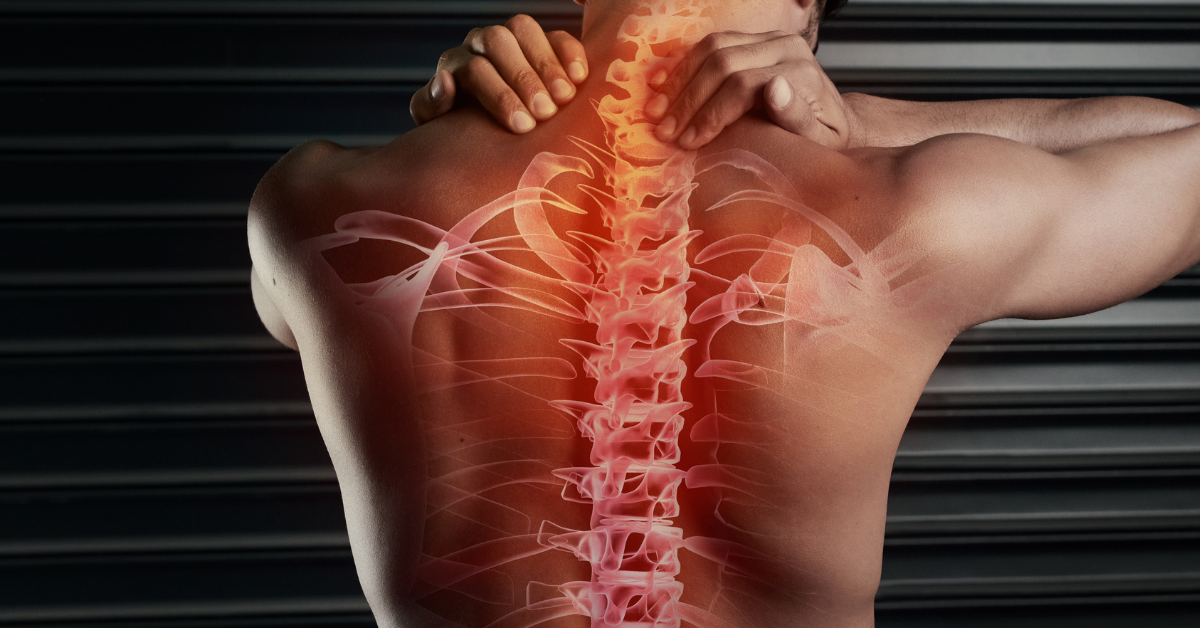Introduction
Spinal cord compression is a very dangerous condition that leads to pain and nerve problems; it can be due to growths, slipped discs or spinal injuries. Major causes include neck and lower back pain, spinal stenosis, nerve damage, tumor, fracture, some types of arthritis, or cancer that has metastasized to the spine.The cause of these problems can be aging, nerve compression, cysts, slipped disc or cancer. In elderly patients early detection is important to prevent complications. The treatment approach focuses on arresting the progression of the disease and improving the life of the patient without the use of Nonsteroidal anti-inflammatory drugs (NSAIDs), steroids and surgery. In this blog, we will study how Ayurveda provides a natural and holistic approach in managing spinal cord compression. It not only addresses the root cause of spinal cord compression but also promotes overall health and well-being, potentially helping patients avoid surgery with minimal side effects.

Spinal Cord Compression Causes
Spinal cord compression can occur due to various factors, including:
- Degenerative disc disease
- Herniated discs
- Spinal stenosis
- Tumors or cysts
- Trauma or injury
- Osteoarthritis
- Bone spurs
Ayurvedic Treatment for Spinal Cord Compression
- Treatment modalities like Abhyanga (oil massage), Swedana (steam therapy) to reduce the spastic nature of the disease and to restore movements
- Basti (medicated enema) reduces Vata imbalance associated with spinal issues.
- Kati Basti (A localized treatment where warm medicated oil is pooled on the lower back) to relieve pain and inflammation.
- Shirodhara and Sthanika Dhara (pouring the medicated oil or decoction to forehead or affected area) is done based on the dosha vitiation and condition of the patient.
- Rasayana (Rejuvenation Therapy) to strengthen the body and mind post recovery
- Yoga and gentle exercises: Tailored to the individual’s condition to improve flexibility and strength.
These treatments are mainly focused on the process of rehabilitation and prevent complications of spinal cord compression such as neurological deficits, paralysis, gait impairment, sensory loss, urinary and fecal incontinence.
Ayurveda treatments like Kaya seka, Shamana aushadhi, Shirodhara etc have shown potential in managing spinal cord compression conditions, improving symptoms, reducing clinical and radiological symptoms, and improving overall quality of life. These therapies, as part of an Ayurvedic treatment for spinal cord compression, aim to address the root cause of the condition while promoting healing and restoring balance to the body.

Dietary and Lifestyle Tips for Spinal Cord Compression
Ayurveda also pays much attention to the role of diet and lifestyle in the treatment of diseases. For spinal cord compression, recommendations include:
1. Ahara (Diet)- is a Vata balancing diet that includes warm, light foods with good fats and anti-inflammatory foods.
- Vihara (Lifestyle) – involves gentle exercise, such as yoga asanas, pranayama, and light walking, oil pulling and proper sleep hygiene.
- Stress management – involves meditation and mindfulness practices, posture awareness, and ergonomic furniture.
- Seasonal adjustments are advised, especially during Vata-aggravating seasons.
Avoid: Cold, raw foods, Excessive dry or light foods, Caffeine, Alcohol, Heavy lifting or strenuous activities, Prolonged sitting or standing, Sudden movements or jerks to the spine
These recommendations aim to balance Vata dosha, reduce inflammation, and support spinal health. Consultation with an Ayurvedic practitioner is recommended for personalized advice.
Remedies for Spinal Cord Compression
In addition to professional Ayurveda treatments, some home remedies will help manage symptoms such as
- Massages with sesame oil or medicated oils
- Epsom salt bath
- Gentle yoga and stretching
- Castor leaf paste application over the site
These remedies should not replace professional medical advice and should be used in conjunction with other treatments.
Conclusion
Spinal cord compression can be effectively managed with the help of Ayurveda, which combines a variety of therapy modalities, herbal medicines, and lifestyle changes. This approach targets inflammation and enhances spine health while balancing the body’s doshas, especially Vata. Ayurveda helps avoid surgery, along with improving general health and wellbeing and addressing the underlying cause of spinal cord compression.
Reference
- T.V., S et al. (2024). Ayurvedic Management of Cervical Myelopathy. International Journal of Ayurveda and Pharma Research. https://doi.org/10.47070/ijapr.v12i2.3116
- Pranesh, P, Desai, A S (2024). A HOPE IN THE MANAGEMENT OF CERVICAL MYELOPATHY THROUGH PANCHAKARMA. International Ayurvedic Medical Journal. https://doi.org/10.46607/iamj09p8052024






